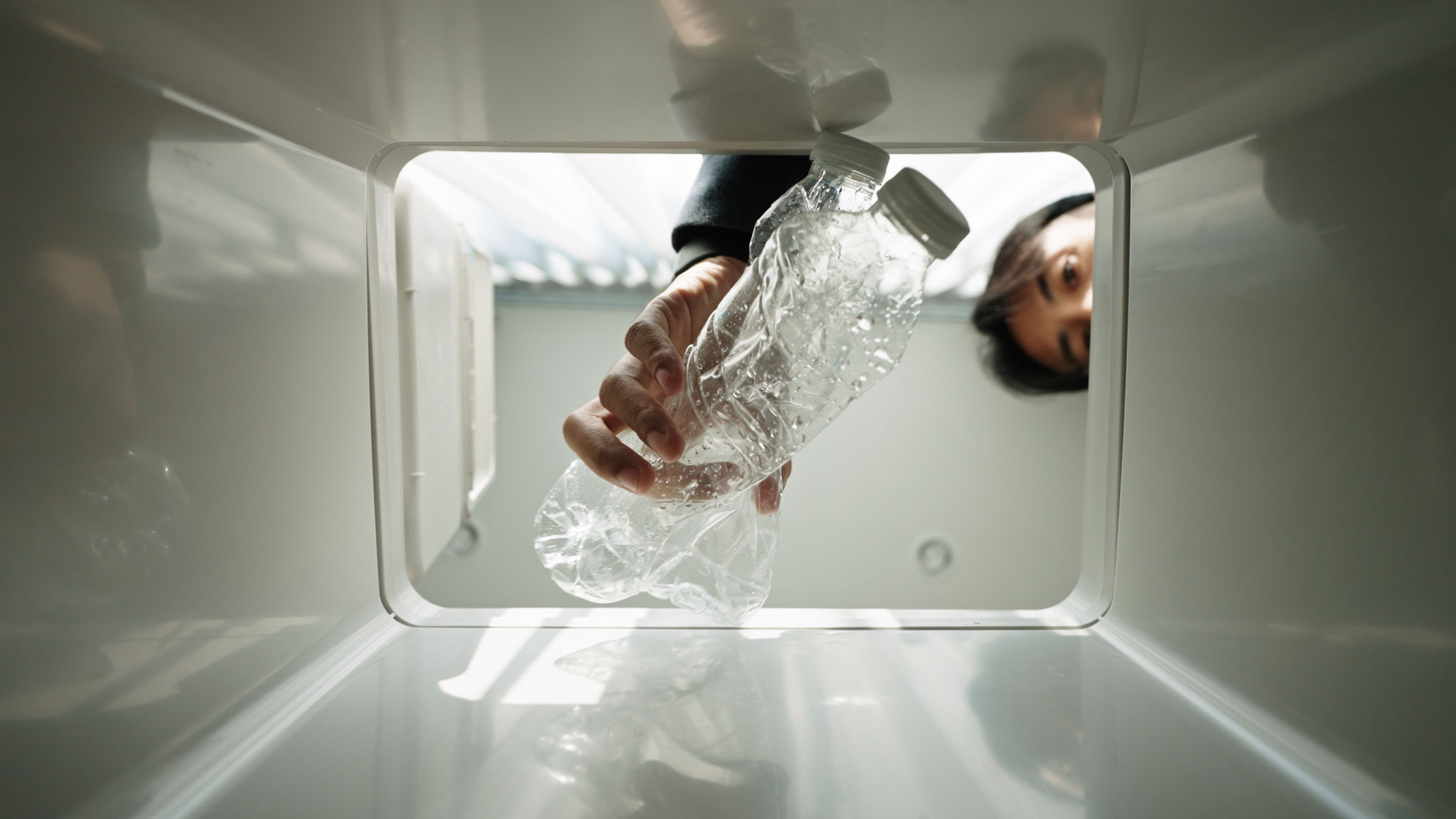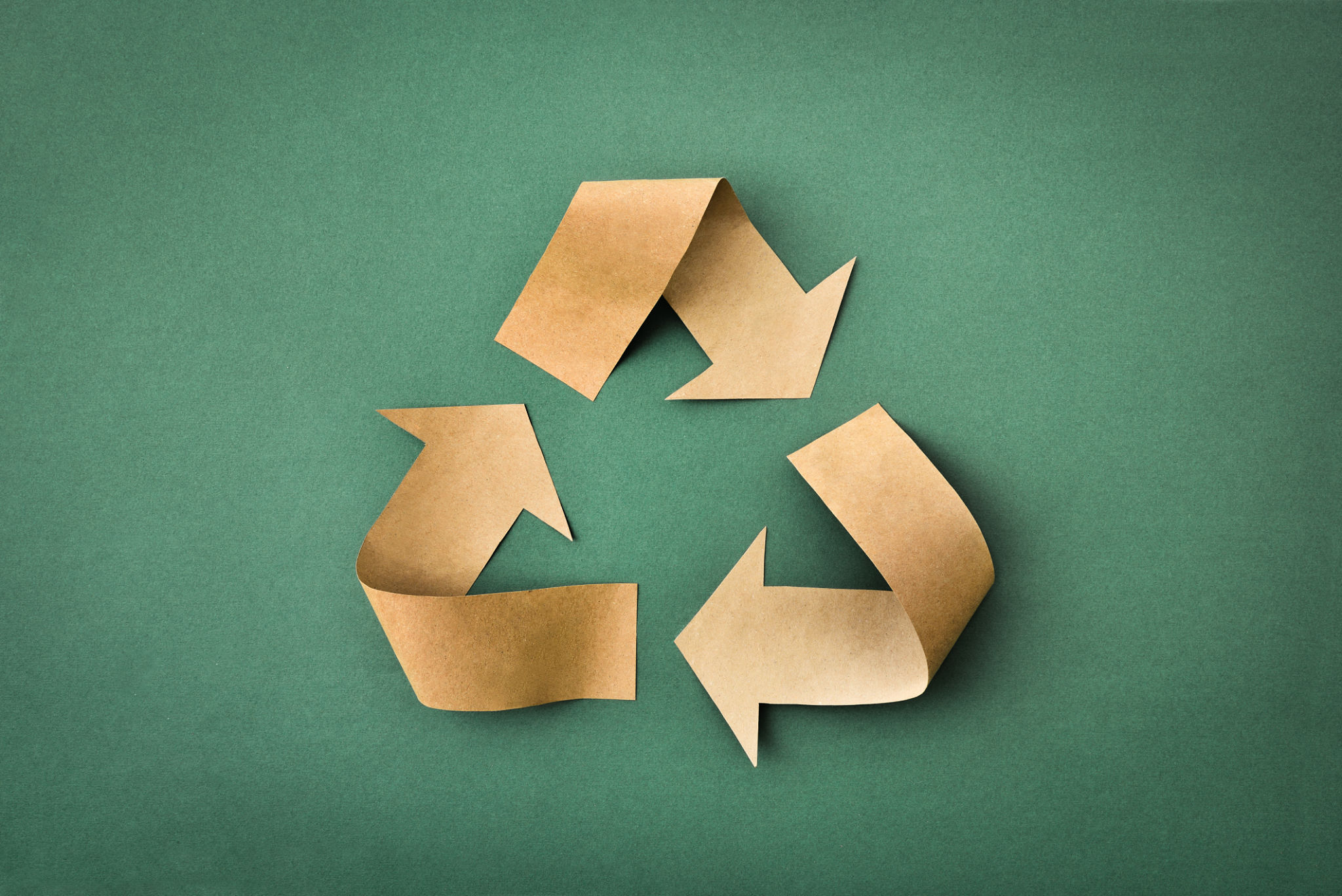Comparing Packaging Solutions: Eco-Friendly vs. Traditional Materials
Introduction to Packaging Solutions
As consumer awareness about environmental issues grows, businesses are increasingly faced with the decision of choosing between eco-friendly and traditional packaging materials. The choice not only affects the planet but also impacts brand image and customer loyalty. In this post, we explore the differences between these two types of materials and their implications for businesses.
Packaging is essential for protecting products, but the type of materials used can have varying levels of impact on the environment. The decision between eco-friendly and traditional materials often involves weighing factors like cost, durability, and sustainability.

Understanding Traditional Packaging Materials
Traditional packaging materials, such as plastic, offer undeniable convenience and durability. They are lightweight, resistant to moisture, and can be molded into various shapes. However, the environmental cost of these materials is significant. Plastic waste can take hundreds of years to decompose, contributing to pollution and harming wildlife.
Additionally, the production of traditional packaging materials often involves significant energy consumption and emits greenhouse gases. Despite their drawbacks, these materials remain popular due to their cost-effectiveness and widespread availability.
Common Types of Traditional Materials
- Plastic: Widely used but contributes to landfill waste.
- Styrofoam: Lightweight but non-biodegradable and difficult to recycle.
- Metal: Durable with recycling potential, yet energy-intensive to produce.

The Rise of Eco-Friendly Packaging
Eco-friendly packaging materials offer a sustainable alternative to their traditional counterparts. Made from renewable resources, these materials are designed to reduce environmental impact. They often decompose faster and are made using processes that generate fewer emissions.
Consumers are increasingly demanding sustainable products, making eco-friendly packaging a valuable asset for businesses looking to enhance their brand reputation. By adopting such materials, companies can demonstrate their commitment to environmental responsibility.
Popular Eco-Friendly Materials
- Biodegradable Plastics: Break down naturally over time without harming the environment.
- Recycled Paper: Made from post-consumer waste, reducing deforestation.
- Cornstarch Packaging: Derived from corn and fully compostable.

Cost Considerations
One of the main challenges businesses face when switching to eco-friendly packaging is the cost. Sustainable materials often come with a higher price tag due to production complexities and limited supply compared to traditional options.
However, the long-term benefits often outweigh the initial investment. As demand for sustainable options increases, economies of scale are expected to lower prices, making eco-friendly packaging more accessible to businesses of all sizes.
The Impact on Brand Image
Choosing eco-friendly packaging can significantly enhance a brand's image. Consumers today are more conscientious than ever about their environmental footprint and tend to support companies that share their values. By investing in sustainable solutions, businesses can build trust and foster loyalty among customers.
A commitment to environmental sustainability can also open up new market opportunities and differentiate a brand from competitors. In many cases, it can even lead to positive media coverage and increased consumer engagement.

Conclusion
The choice between eco-friendly and traditional packaging solutions is more than just a logistical decision—it's a strategic one that reflects a company's values and priorities. While traditional materials may offer short-term cost benefits, eco-friendly options present an opportunity for long-term growth and sustainability.
As consumer demand for sustainable practices grows, businesses that embrace eco-friendly packaging will likely find themselves at a competitive advantage. Ultimately, the decision should align with both environmental goals and business objectives.